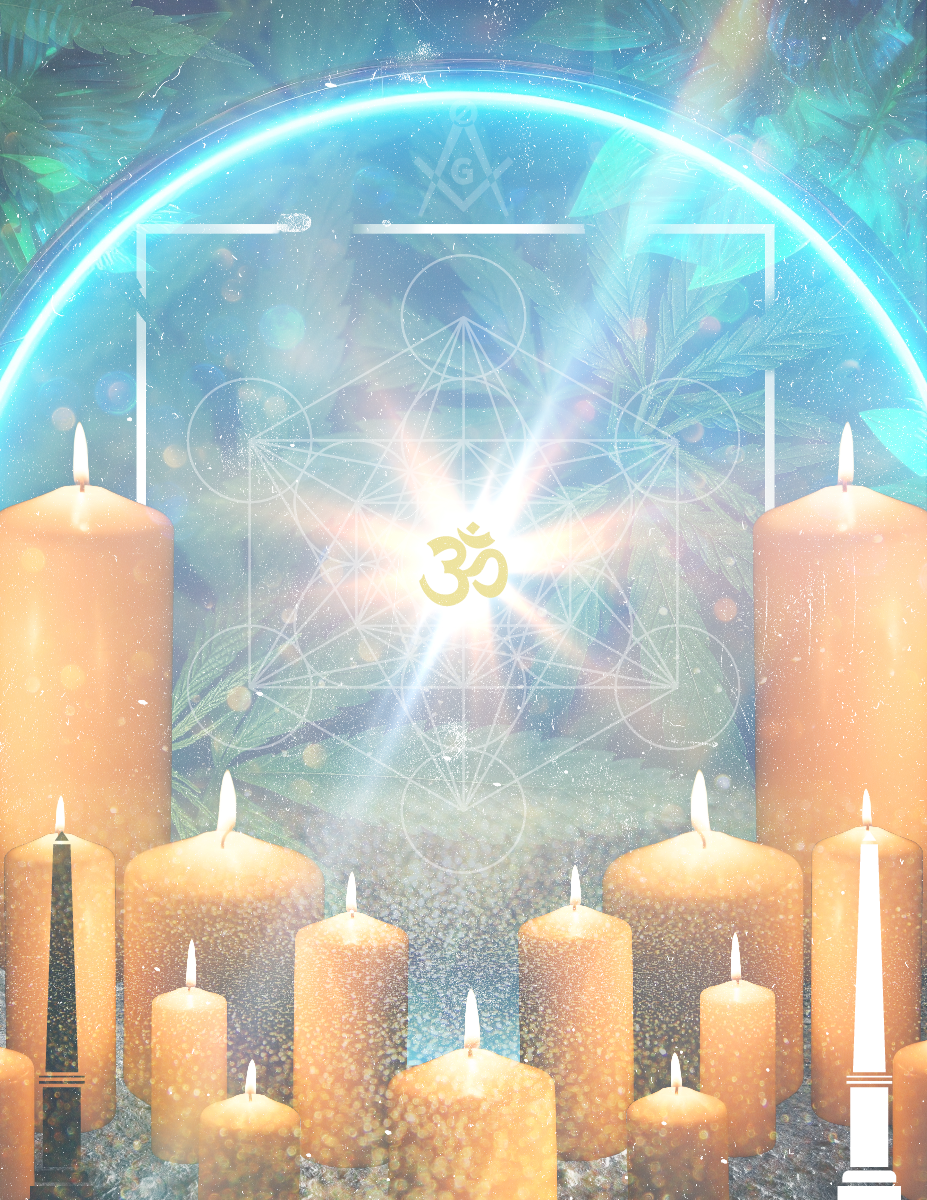Reiki, a spiritual practice with its roots in Japan, serves as a profound gateway to consciousness exploration and holistic healing. This ancient art harnesses the universal life force energy, guiding it through the practitioner’s hands to facilitate physical, emotional, and spiritual healing. Beyond its reputation as an alternative therapy, Reiki is a transformative path that invites practitioners to delve into the mysteries of consciousness, energetic connection, and the profound nature of healing. In this essay, we will explore the essence of Reiki, its historical origins, its principles, and its role as a gateway for consciousness exploration.
The Essence of Reiki:
Reiki, often described as “universal life force energy,” is a holistic healing modality that involves the channeling of healing energy through the practitioner’s hands. The word “Reiki” combines two Japanese words: “Rei” (spiritual or universal) and “Ki” (life force energy). Reiki aims to balance and harmonize the recipient’s energy, promoting physical and emotional healing and spiritual growth.
Historical Origins:
Reiki’s origins can be traced back to early 20th-century Japan, where it was developed by Mikao Usui, a spiritual teacher and healer. Usui’s quest for a deeper understanding of healing and spirituality led him to a transformative experience on Mount Kurama, where he received the Reiki energy and the knowledge of its use. Usui subsequently developed a system of teachings and attunements to pass on this healing art to others.
Principles of Reiki:
Reiki is guided by several fundamental principles that underpin its practice:
- Universal Energy: Reiki practitioners believe that there is a universal life force energy that flows through all living things. By channeling this energy, they can assist in the healing process.
- Hands-On Healing: Reiki is administered through gentle, hands-on or hands-off techniques. Practitioners use their hands to direct the energy to the recipient, promoting balance and harmony.
- Chakras and Energy Centers: Reiki practitioners work with the body’s energy centers, known as chakras, to address imbalances and blockages in the flow of energy.
- Intent and Mindfulness: Intent and mindfulness are central to Reiki practice. Practitioners focus their intention on healing and remain present during the session.
- Self-Healing: Reiki encourages self-healing and personal growth. Practitioners often begin by practicing Reiki on themselves to cleanse and balance their own energy.
Reiki as a Gateway for Consciousness Exploration:
Reiki serves as a powerful gateway for consciousness exploration and self-discovery:
- Heightened Awareness: Reiki practitioners develop a heightened awareness of energy flow within themselves and others. This awareness allows them to perceive imbalances and blockages and work to restore harmony.
- Energetic Connection: Reiki deepens the practitioner’s sense of interconnectedness with the universe. They understand that they are conduits for universal energy, and this awareness fosters a profound sense of oneness.
- Inner Peace: Reiki promotes inner peace and relaxation. During a session, both the practitioner and recipient often experience a deep sense of calm, reducing stress and anxiety.
- Intuitive Insights: Reiki sessions can lead to intuitive insights and inner guidance. Practitioners may receive messages or impressions that aid in their own personal growth and healing.
Conclusion:
Reiki, the art of healing with universal life force energy, is a transformative practice that extends far beyond physical well-being. It serves as a gateway to consciousness exploration, energetic connection, and holistic healing. Reiki reminds us that the body, mind, and spirit are interconnected, and that true healing encompasses all aspects of our being.
As individuals engage with Reiki, they embark on a journey of self-discovery and connection with the profound mysteries of consciousness. Reiki teaches us that healing is not merely the alleviation of physical symptoms; it is a holistic process that encompasses emotional, mental, and spiritual well-being. Reiki invites us to recognize that the healing power of the universe flows through us, and by embracing this energy, we can foster greater awareness, inner peace, and well-being.
Bibliography:
- Rand, William Lee. “The Reiki Manual: A Training Guide for Reiki Students, Practitioners, and Masters.” Vision Publications, 1992.
- Stein, Diane. “Essential Reiki: A Complete Guide to an Ancient Healing Art.” Crossing Press, 1995.
- Usui, Mikao. “The Original Reiki Handbook of Dr. Mikao Usui.” Lotus Press, 1999.
- Petter, Frank Arjava. “Reiki Fire: New Information about the Origins of the Reiki Power: A Complete Manual.” Lotus Press, 1997.
- Herron, Bodo J. “Reiki: Universal Life Energy.” New Leaf Distributing Company, 1990.
These sources provide valuable insights into the practice of Reiki, its historical origins, its principles, and its role as a transformative path for consciousness exploration. They offer a comprehensive understanding of the profound wisdom contained within the world of Reiki.
